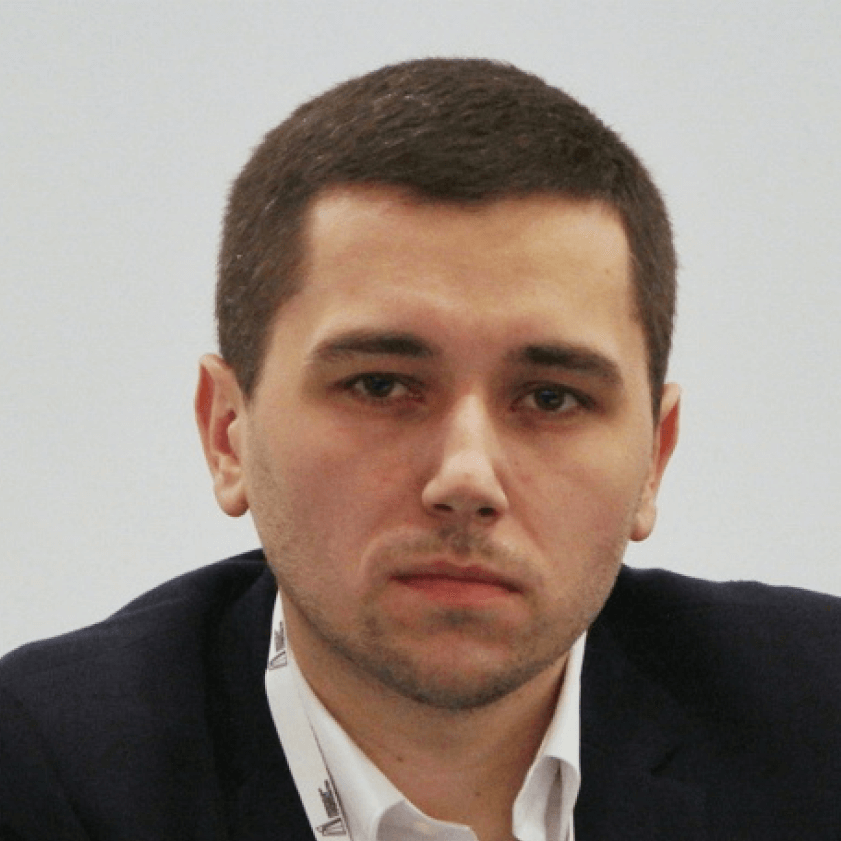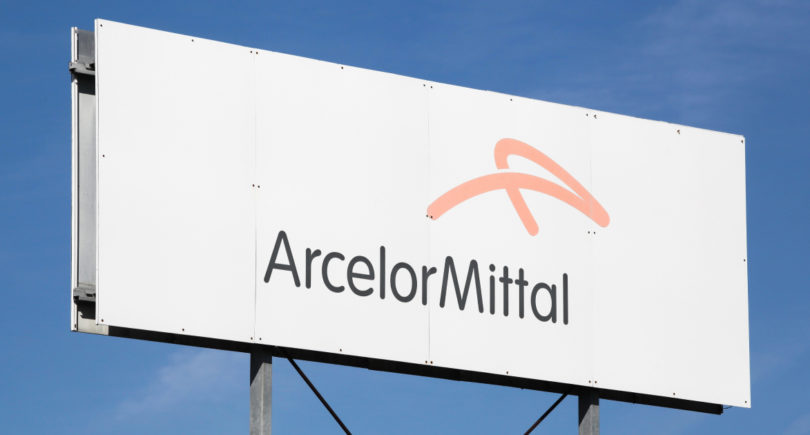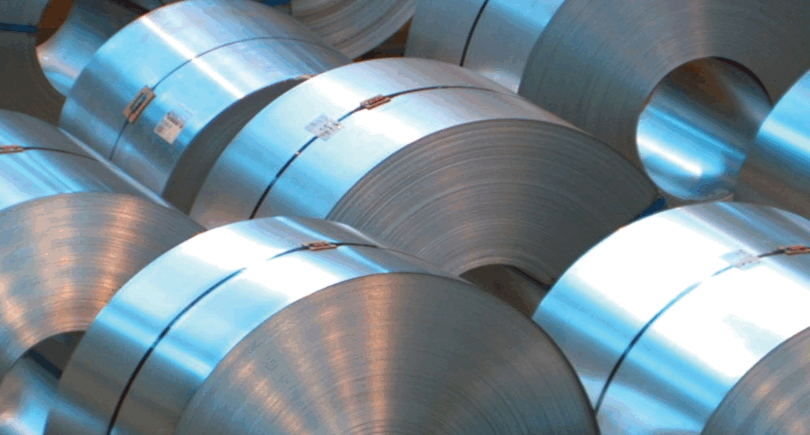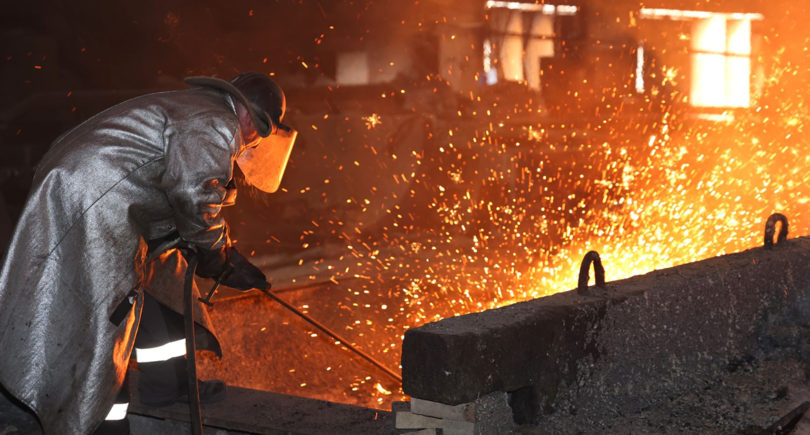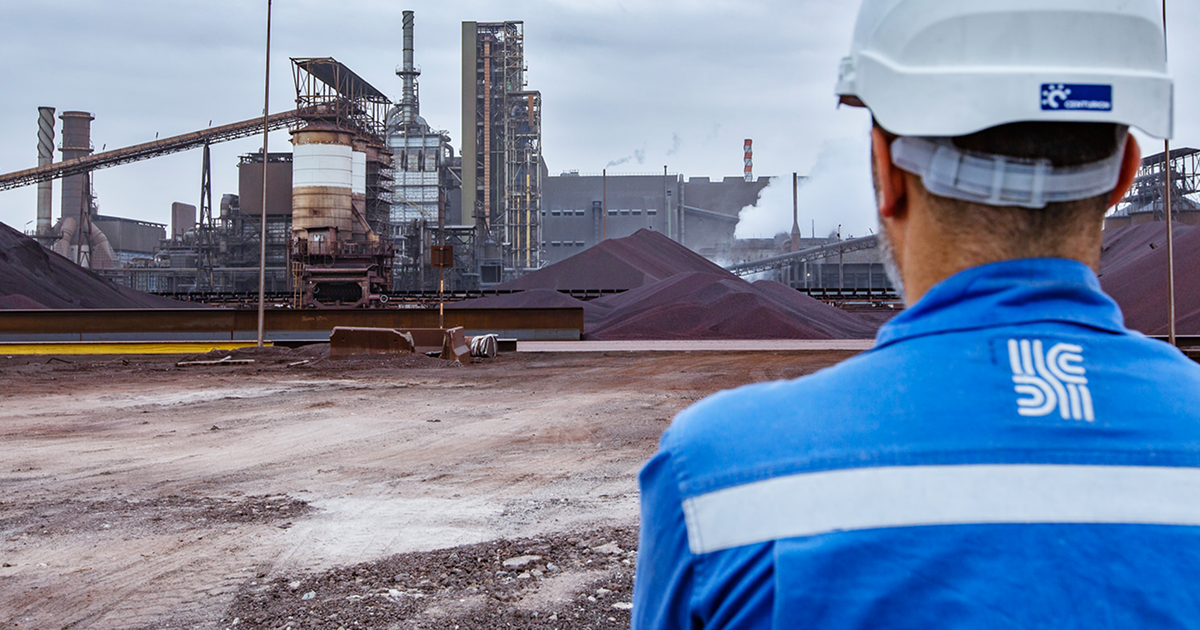
Company uses carbon capture and green hydrogen to decarbonize operations
Emsteel, one of the largest publicly traded steel and building materials producers in the Gulf region, has increased its spending on innovation and investment by 127% from 2020 to 2024. Saeed Ghumran Al Remeithi, CEO of Emsteel Group, told Gulf Business in an interview.
Emsteel has a 10% share in Abu Dhabi’s manufacturing sector and a 60% share in the UAE steel market, exporting to more than 70 countries. According to the group’s CEO, the company, among other things, sees innovation as a strategic differentiator that will help it protect its business from market disruptions, global supply chain challenges, and changes in the regulatory environment in the future.
Among other significant growth factors, Al Remeithi cites a focus on digitalization and advanced manufacturing technologies.
One of the key innovations for the company is carbon capture technology. In addition, Emsteel partnered with Masdar (one of the world’s largest renewable energy investors) to launch its pilot project, the first of its kind in MENA, which uses green hydrogen to extract iron from iron ore. The project is now fully operational and has successfully started producing green steel.
“With a capacity of 2.1 MW, the pilot project can produce 368 tonnes of green hydrogen a year, enabling the production of up to 5,000 tonnes of green steel annually,” said Emsteel Group CEO.
In addition to carbon capture technologies and the production of environmentally friendly hydrogen steel, the company is implementing closed water recycling systems, waste heat recovery initiatives, and alternative raw materials to further improve its environmental performance.
Emsteel has also made significant progress in advancing its ambitious low-carbon iron supply chain project, Al Remeiti said. A comprehensive feasibility study for this initiative is currently underway.
In February this year, Emsteel unveiled its ambitious decarbonization strategy. By 2030, the company aims to achieve a 40 percent reduction in absolute greenhouse gas emissions in its steel division and a 30 percent reduction in its cement division compared to the base year of 2019. The ultimate goal is to achieve zero emissions by 2050.

